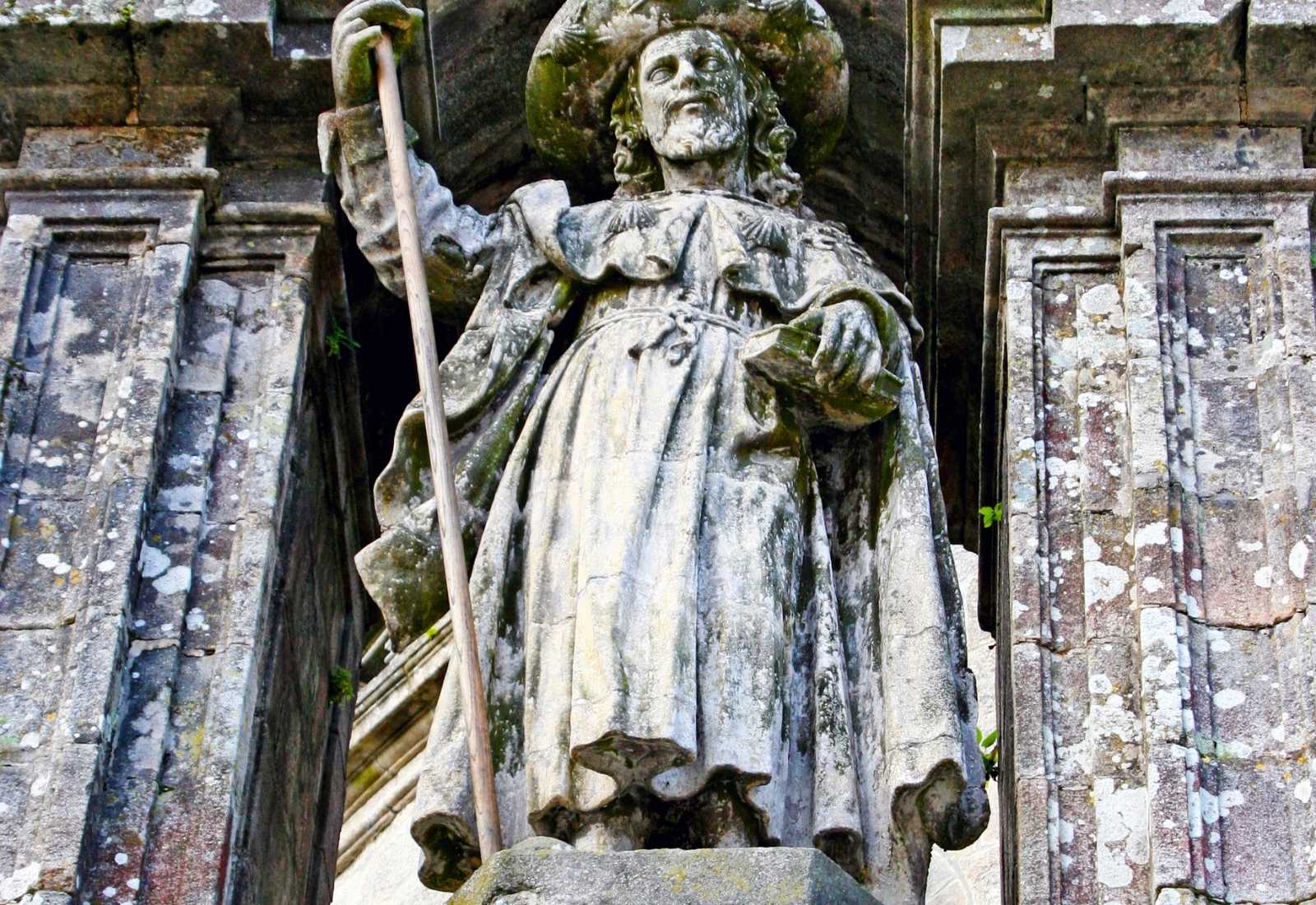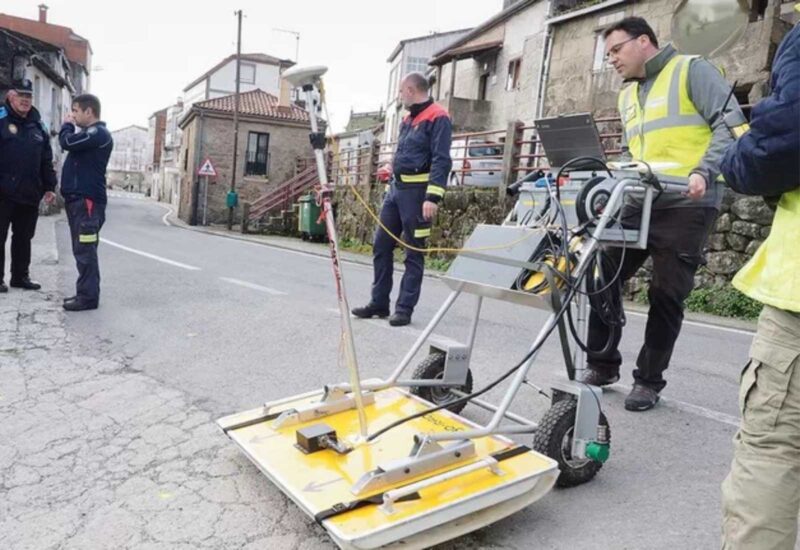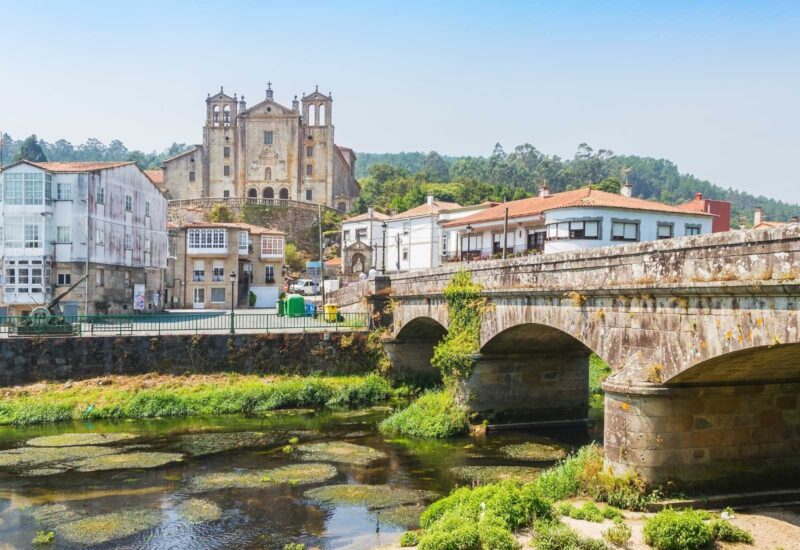It sounds like an Indiana Jones movie, but the title of this news is not far from reality: indeed, a group of archaeologists is looking for in the village of Padrónon the southern border of the province of A Coruña and right in the middle of the Portuguese Way of Santiago, the stone where tradition and legend place the disembarkation of the body of the Apostle Santiago.
In addition to the stone where the boat of the Apostle was tied, that we can visit in the Church of Santiago de Padrón, it is a question of locating a small stone jetty where the sacred relics of Santiago made their first landfall. in the Iberian Peninsula. More than a good Hollywood movie, it is very good news for the Pilgrim community.
The background
Many historical testimonies assure that here, in the Campo da Barca of Padrón it is located next to the Church of Santiago and on the west bank of the river Sar, there was a stone surface where it was believed (and it is believed) that the body of Santiago Apostle was deposited for the first time after his arrival in Galicia where tradition places the preaching of this great friend and collaborator of Jesus of Nazareth. They are historical pilgrims, many of them religious, nobles or travellers in general, who between the 15th and 19th centuries testify that “on that same shore [del río Sar] the pilgrim of the past contemplated another venerated monument: it was a large stone on which the disciples placed the body of the Holy Apostle when they took him out of the ship”.
So much was the devotion for this holy place that visitors took the habit of extracting small fragments of that stone, as a particular relic. Thus, in the interest of protecting her, the ecclesiastical authority of Padrón decided to throw it into the bed of the river Sar as a drastic but very effective measure for its conservation; some theories place this fact in the 15th century, others in the 16th century. However, some stairs made it possible to get close to the river to at least be able to contemplate it and prevent it from being plundered.
In the 1960s the area was buried to channel the river bed, so the stone and the stairs were definitely buried until today. the stone and the stairs were buried to this day..
Archaeological research
In the month of April of 2018, the archaeological company archaeology company Prospectiva y Análisis Arqueólogos S.L., under the direction of the archaeologist Andrés Bonilla Rodríguez, together with the firm Geophysics Consultantsboth from Madrid, began the work of archaeological prospection with the pertinent permission of the City council of Padrón and of the General Direction of Cultural Patrimony of the Xunta de Galicia. Survey work was carried out with a multi-frequency 3D georadar which revealed the existence of an underground structure 5 metres long, the upper part of which is at a depth of 1.3 metres and reaches at least the maximum depth at which the georadar signal reaches, some 3.9 metres. This is consistent with the historical documentation, which refers to a small jetty and some access stairs..
More recently, in the last days of September 2021, the work of geophysical study of the subsoil was resumed, this time within the archaeological project promoted by the Villa Petroni Cultural Association, which collaborates in the financing. It is thus a question of to shed light on Padrón and its close ties with the Jacobean traditionthat is to say, to situate this town as the Primus Portus Apostoli and to put in value its still hidden heritage that, if excavated, could lead to its musealization and tourist enjoyment, as a jewel of the Jacobean tradition that it would be.
Now it is time to wait for the publication of the results of these surveys and their subsequent analysis by the team of experts who will be in charge of it.
Bringing these remains to light and carrying out an exhaustive historical and documentary research can give us all a heritage element of the first order. We will keep a close eye on the search for the Apostle’s stone.So if you want to know more we recommend you to follow our next news, because we will continue walking in search of the rabid Jacobean news.
Ultreia et suseia!














Leave A Comment